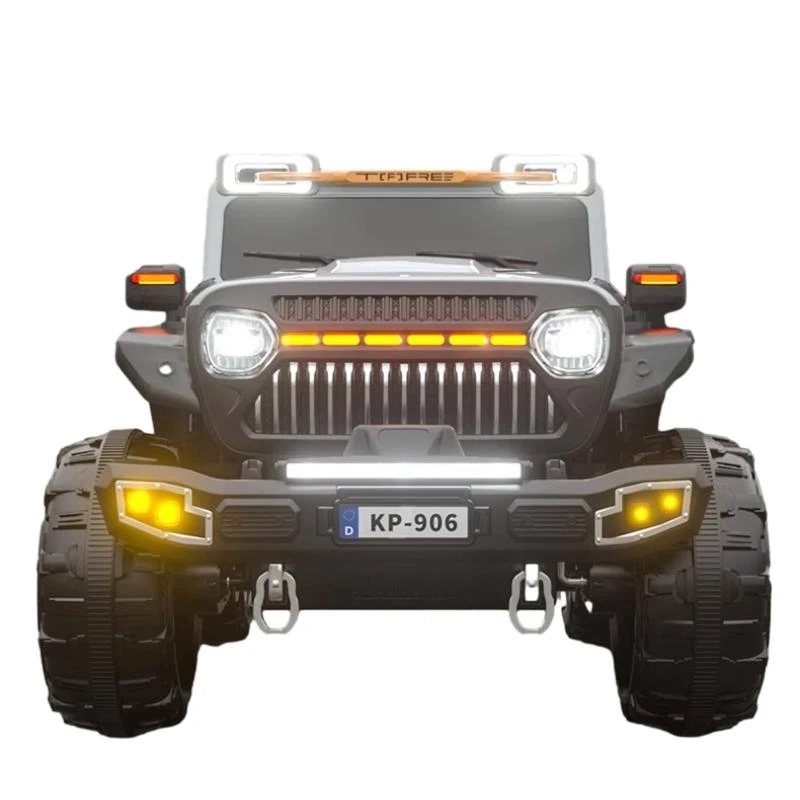scooter big wheels vs small wheels
Scooter Wheels Big vs. Small
When it comes to choosing the right scooter, one of the most debated topics is the size of the wheels. Scooters have become a popular mode of transportation and recreation for people of all ages. With various models available, many factors contribute to the decision-making process, but wheel size significantly influences the ride experience. This article explores the differences between big wheels and small wheels on scooters, examining their advantages and disadvantages to help you make an informed choice.
Big Wheels Advantages and Disadvantages
Scooters with larger wheels, typically measuring 200mm (about 8 inches) or more, offer several advantages. One of the most notable benefits is improved stability. The larger wheel size allows for a smoother ride over uneven surfaces and obstacles. This is particularly beneficial for those who plan to use their scooter on rough terrains, such as city sidewalks or park paths. The larger diameter also tends to roll over bumps more easily, reducing the impact felt by the rider.
Moreover, bigger wheels usually provide better momentum. Once you get up to speed, you can maintain your velocity with less effort. This makes them ideal for longer commutes or leisurely rides where smooth cruising is a priority. Riders also appreciate the added comfort resulting from the larger wheels, especially on longer journeys.
However, there are some downsides to consider. Scooters with bigger wheels can be heavier and bulkier, making them less portable. If you plan to carry your scooter on public transportation or store it in tight spaces, a larger model may pose some challenges. Additionally, beginners may find larger wheel scooters less maneuverable, as they require more effort to steer and turn, which could be daunting in crowded settings.
scooter big wheels vs small wheels

Small Wheels Advantages and Disadvantages
On the other hand, scooters equipped with smaller wheels, typically measuring 100mm to 145mm (about 4 to 6 inches), have their own set of pros and cons. One of the primary advantages of small wheels is portability. Scooters with smaller wheels are generally lighter and more compact, making them easier to carry and store. This feature is particularly appealing for commuters who need to take their scooter on public transport or store it in small apartments.
Small-wheeled scooters also tend to offer better maneuverability. The lighter weight and smaller dimensions make it easier to make quick turns and navigate through crowded areas, which is ideal for urban riding. For younger riders or those looking for a scooter primarily for tricks and stunts, smaller wheels can provide better handling and control.
Nevertheless, there are downsides to smaller wheels as well. The ride can be less comfortable on uneven surfaces, as the smaller diameter struggles to absorb shocks and bumps effectively. Riders may feel every crack in the pavement, leading to a more jarring experience. Additionally, smaller wheels may require more frequent pushing, as they tend to lose speed more quickly compared to their larger counterparts.
Conclusion
In conclusion, the choice between big wheels and small wheels on a scooter ultimately depends on your personal preferences and intended use. If you prioritize comfort and stability, especially for longer rides on uneven surfaces, a scooter with larger wheels might be the right choice for you. On the other hand, if portability, maneuverability, and ease of storage are your primary concerns, then opting for a scooter with smaller wheels would be more advantageous. By understanding the key differences between big and small scooter wheels, you can make a more informed decision that best fits your riding style and lifestyle needs.
-
Children's Tricycle: Enlarged Seat, Sunshade & Safety Push BarNewsAug.31,2025
-
Sports Kids Bike: High Carbon Steel Argon Arc Welded Frame | Beautiful GiftNewsAug.30,2025
-
Ultimate 24V Children's Car: Power, Fun & Safety for KidsNewsAug.29,2025
-
Children's Electric Car Ride Ons: 2-Seater, Bumper & Audi ModelsNewsAug.28,2025
-
Understanding Voltage in Battery for Children's Motorized CarNewsJun.05,2025
-
Safety Features to Look for in an Electric Car for KidsNewsJun.05,2025
